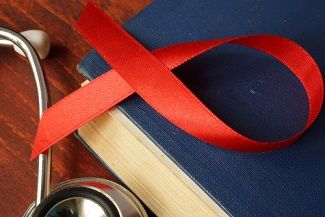California PrEP Push Reveals Underserved Demographics
The California PrEP Assistance Program, established to remove financial and structural barriers to PrEP access, had positive but uneven initial results.
Pre-Exposure Prophylaxis (PrEP) is effective at preventing sexual transmission of HIV, but access is limited for people with low income. The California PrEP Assistance Program (PrEP-AP), established to remove financial and structural barriers to PrEP access, had positive but uneven results. More information was shared at the International AIDS Society (IAS) AIDS 2020 Virtual Sessions.

PrEP-AP is intended to lower out-of-pocket costs for both uninsured and insured people who are eligible for PrEP services such as laboratory tests.The program also enables access to general sexually transmitted infection treatment and wellness.
PrEP-AP supplements PrEP medication access provided through manufacturer assistance programs in addition to covering the provision of post-exposure prophylaxis (PEP).
From April 2018-November 2019, active enrollment increased to more than 3,000 people. Among these people, 58% were uninsured, 38% had commercial insurance, and 4% had Medicare.
Under-enrolled populations included cisgender women, young people (age 18-24 years), black Americans, and people living in the Central Valley. Several targeted interventions have been introduced to address these deficits including state-funded PrEP navigation assistance.
To improve access in the Central Valley, PrEP-AP introduced a telemedicine option in September 2019. To address confidentiality concerns for young people and other groups, an additional benefit to allow PrEP-AP enrollment without using family or partner's health insurance is planned in the future. Further analysis can then guide further development.
“New enhancements have been introduced and can be evaluated to address these remaining barriers to PrEP,” study authors wrote.
